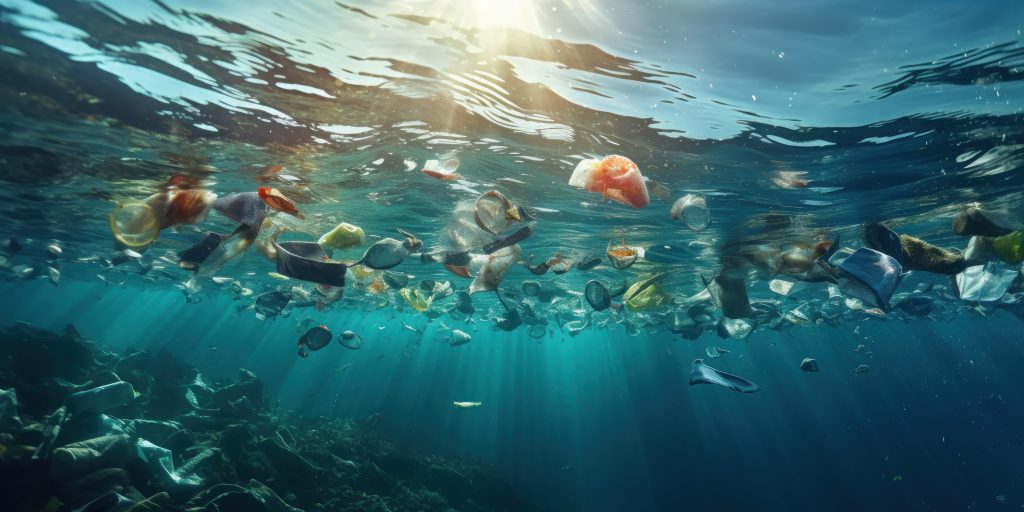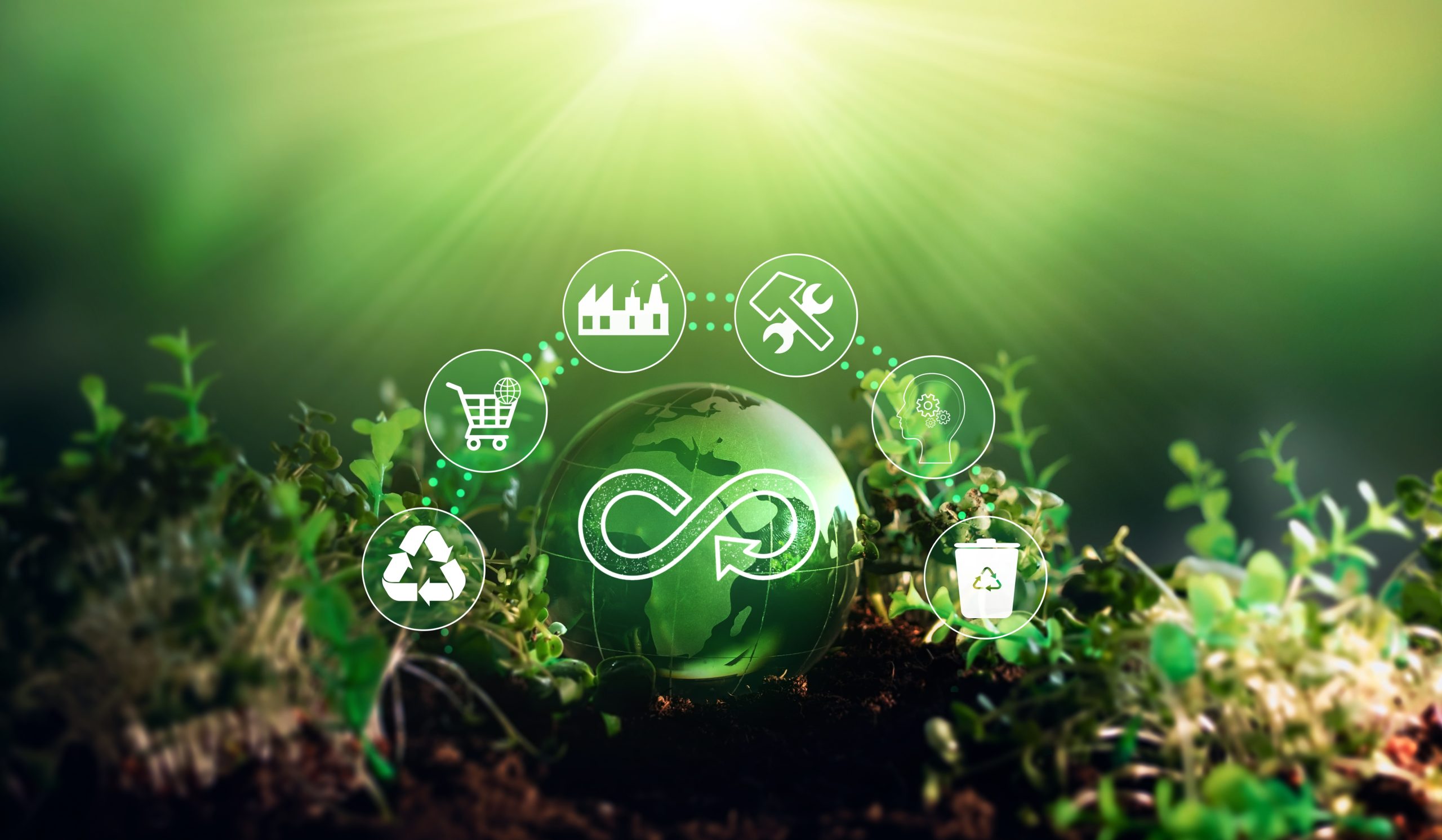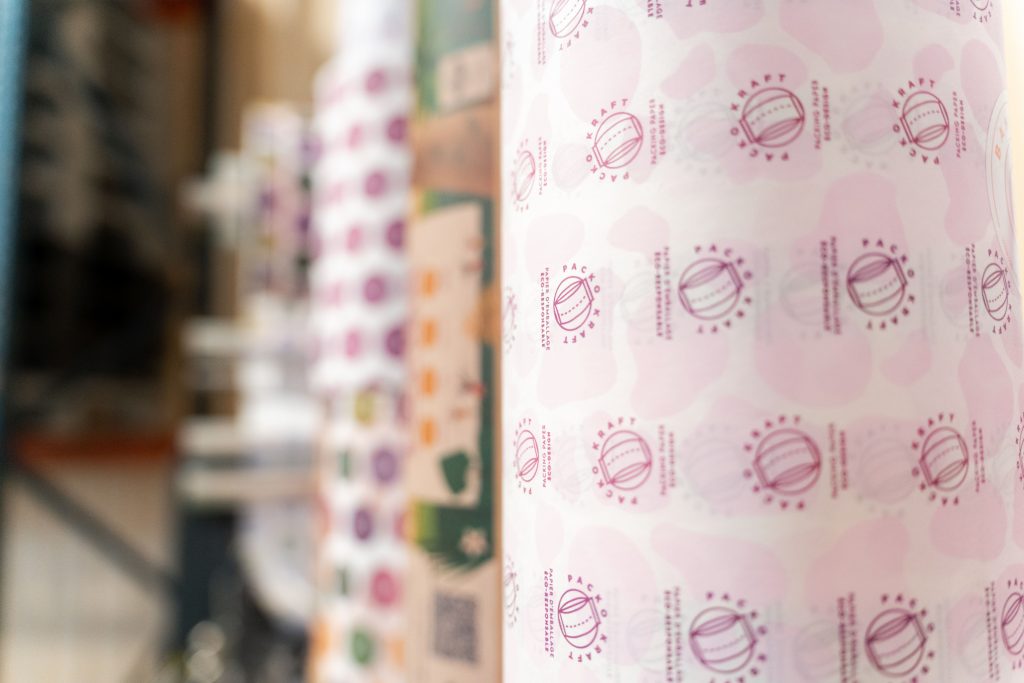
Reducing the Use of Plastic Packaging: Challenges and Solutions
Plastic has revolutionized the industry due to its versatility, lightness, and low production cost. It is commonly used in food packaging, protecting products, extending their shelf life, and making transportation easier. However, the environmental impact of plastic waste has become a global concern. So, how can we replace plastic packaging, and what are the solutions to achieve this? Let’s explore the challenges and various possibilities.
Environmental Challenges of Plastic Packaging
1. Marine Pollution
A large portion of plastic waste ends up in the oceans, forming vast “plastic continents.” This waste threatens marine wildlife, as sea animals can ingest plastic or become trapped in it, which can be fatal. Replacing plastic packaging is essential to reduce the amount of plastic reaching our oceans and protect marine biodiversity.
2. Slow Decomposition
Plastic takes several hundred years to decompose, creating microplastics that accumulate in the environment. These tiny particles, often invisible to the naked eye, enter the food chain, eventually affecting human health. By replacing plastic packaging, we limit the formation of microplastics and help preserve the quality of our environment.
3. Consumption of Non-Renewable Resources
The production of plastic relies on petroleum, a non-renewable resource. This dependency accelerates the depletion of natural resources and increases greenhouse gas emissions. It is crucial to replace plastic packaging to protect our environment and reduce the use of fossil fuels.
4. Limited Recycling Systems
Plastic recycling remains limited due to poorly organized recycling systems. This inefficiency hinders sustainable waste management and makes it challenging to adopt a circular economy. Improving recycling infrastructures is therefore necessary to maximize their impact and encourage more sustainable solutions.
Replacing Plastic Packaging: Recycling and Alternatives
1. Recycling and Circular Economy

One of the first steps to replace plastic packaging is reducing waste at the source. Recycling is also crucial for plastic packaging replacement as it allows plastic to be reused instead of discarded. By improving recycling technologies, we can increase the amount of plastic recycled and repurpose it to create new products, supporting replacement for plastic packaging.
Chemical recycling is another promising solution. It transforms plastics into chemicals that can be used to create new plastics, preventing these materials from being burned or left in the environment. By adopting a circular economy, where products are reused and recycled, we can replace a lot of single-use plastic packaging.
2. Alternative Materials
To replace plastic packaging, new packaging materials have been developed, such as bioplastics. These materials are made from renewable resources, like corn starch or sugarcane, making them more environmentally friendly, offering a replacement for plastic packaging.
For example, CGP Coating Innovation works with Lactips to offer biodegradable packaging made from milk protein. This bioplastic is 100% bio-based and fully biodegradable, making it an excellent choice for replacing plastic packaging.
Monomaterials are also an interesting solution. These are packages made from a single type of material, making them easier to recycle. Thanks to these innovations, plastic packaging replacement is becoming more accessible.
Reducing and Reusing to Replace Plastic Packaging
1. Reduction and Reuse
Reducing plastic use from the start is a great strategy to replace plastic packaging. This can be done by designing products that require less packaging or adopting reuse systems, like returnable packaging.
Consumers also play a key role in plastic packaging replacement. Simple actions like using reusable bags and buying in bulk can make a big difference. More and more people are adopting these responsible behaviors, contributing to the reduction of plastic waste and supporting replacement for plastic packaging.
2. Policies and Regulations
Governments and international organizations are implementing laws and regulations to reduce single-use plastics. These policies encourage companies to design more sustainable packaging and replace plastic packaging when it’s not necessary. Thanks to these initiatives, we are making significant strides toward plastic packaging replacement.
CGP Solutions for Replacing Plastic Packaging

Faced with the environmental challenges posed by plastic packaging on the market, our company is actively committed to providing sustainable solutions for replacing plastic packaging.
We have developed eco-responsible paper packaging as a replacement for plastic packaging. Our transitional packaging offers an environmentally-friendly plastic packaging replacement without compromising product protection and conservation. By adopting this innovative packaging, we are helping to replace single-use plastic packaging and promote a circular economy.
Discover our new line ofPACKOKRAFT® heat-sealable packaging and our BANDOKRAFT® heat-seal paper grouping bands here.
Conclusion
Plastic packaging poses significant environmental challenges, but technological advances and global initiatives offer positive prospects.
By combining the efforts of industry, governments and consumers, we can reduce the negative impact of plastics on our planet.
The key is to adopt a balanced approach that emphasises innovation, responsibility and sustainability.
